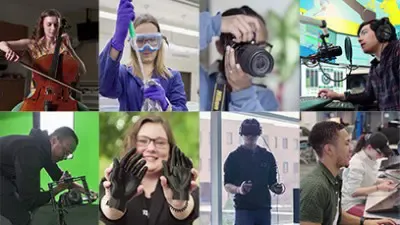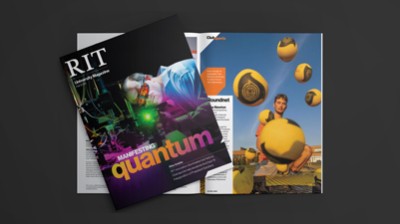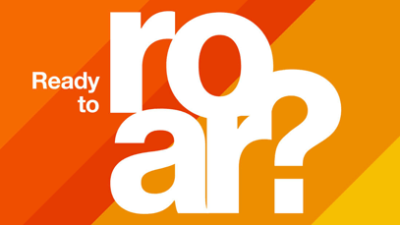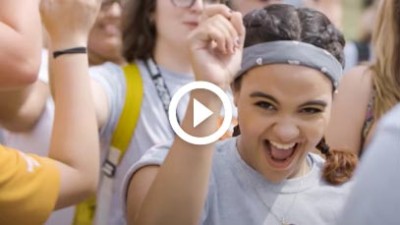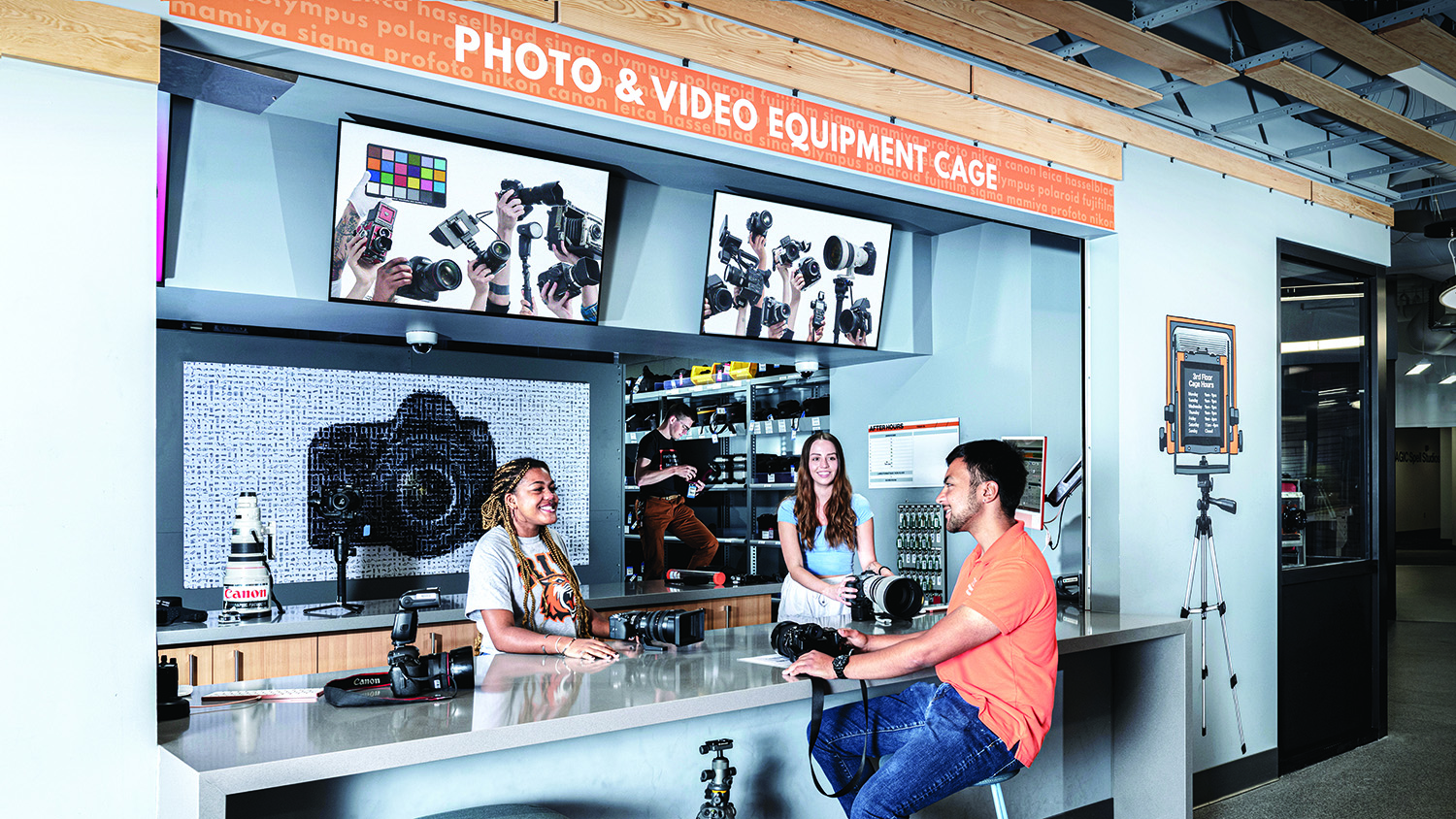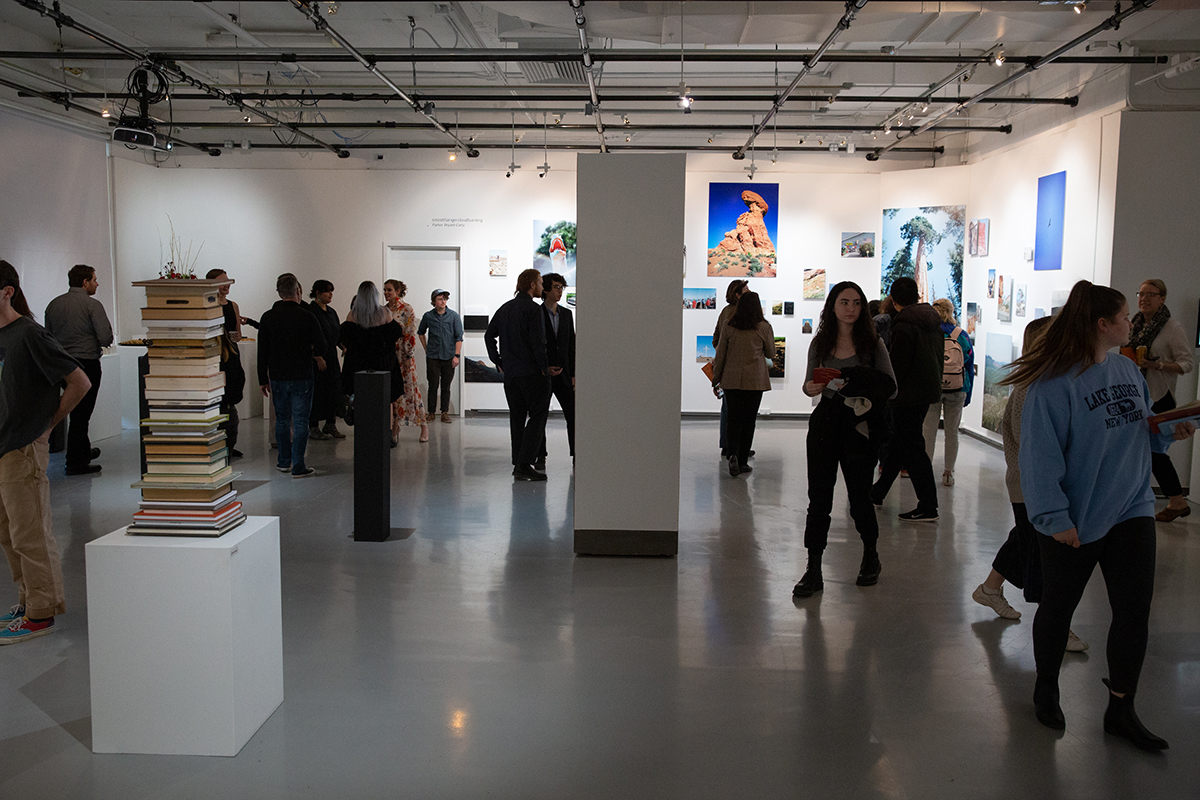Visual Media Option - Photographic and Imaging Arts BFA
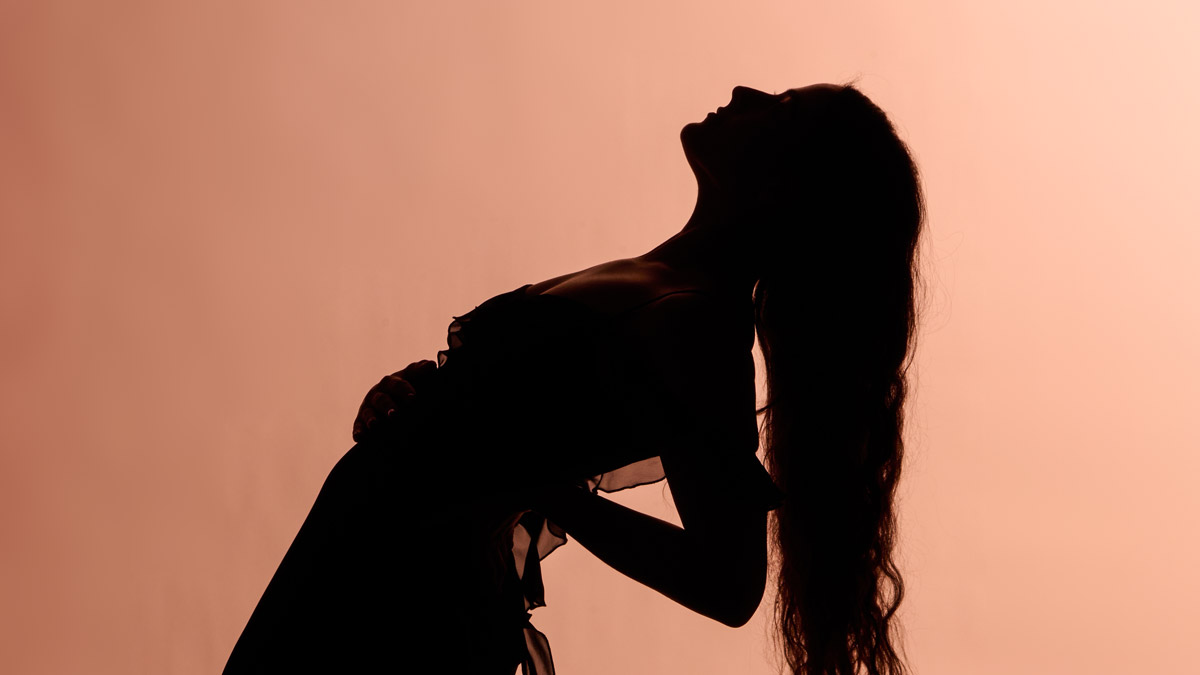
Visual Media Option
Photographic and Imaging Arts BFA
- RIT /
- Rochester Institute of Technology /
- Academics /
- Visual Media Option - Photographic and Imaging Arts BFA
RIT’s visual media degree allows students to integrate the graphic communications professions of photography, media design, and business.
Overview for Visual Media Option - Photographic and Imaging Arts BFA
Why Study Visual Media at RIT
Industry Exposure: The School of Photographic Arts and Sciences brings various visiting professionals, events, and talks.
Real-World Experience: Gain hands-on experience in the classroom and through paid work opportunities like internships and co-op.
RIT’s Visual Media Degree
RIT’s visual media degree prepares you for a career as a visual media specialist or other professional positions that have a demand for photographically skilled professionals who can work effectively with graphic designers, multimedia specialists, and social media professionals. This option is part of the photographic and imaging arts BFA program.
The visual media degree emphasizes photographic proficiency, in both photographic and digital imaging techniques, and has two specialized focuses on media design and business (management and/or marketing). You may also utilize electives to enrich your personal visual expression. Many students in this program choose to earn a minor in business.
Visual media photography is ideal for those who wish to experience various aspects of the graphics industry. Upon graduation, students with a visual media degree are diversely skilled and ready to enter an exciting career in:
- Photography
- Media design
- Social media
- Advertising
- Business management
- Marketing (including art directing and project management)
-
Join Us for Accepted Student Open House
Visit campus on March 28 or April 11 to meet faculty, tour campus, and ask your questions.
-
Apply for Fall 2026
First-year students can apply for Early Decision II by Jan. 1 to get an admissions and financial aid assessment by mid-January.
Careers and Experiential Learning
Typical Job Titles
| Art Director | Branding Specialist | Business Owner and Entrepreneur |
| Business Strategist | Graphic Designer | Photo and Graphics Editor |
| Photographer | Project Manager | Social Media Strategist |
| Web App and Print Designer |
Industries
-
Design
-
Advertising, PR, and Marketing
Cooperative Education and Internships
What’s different about an RIT education? It’s the career experience you gain by completing cooperative education and internships with top companies in every single industry. You’ll earn more than a degree. You’ll gain real-world career experience that sets you apart.
Co-ops and internships take your knowledge and turn it into know-how. Co-op in the College of Art and Design provides hands-on experience that enables you to apply your artistic capabilities in dynamic professional settings while you make valuable connections between classwork and real-world applications.
Visual Media Internships: Students in the visual media option apply for internships with some of the nation’s most respected print and online photographic, graphic design firms, and printing/publishing venues. They work behind the camera or in creative collaboration in a variety of professional photo and multimedia environments and have the opportunity to learn firsthand from photographers, picture editors, art directors, publishers, designers, and other professionals. Students receive assistance from their professors, as well as from the Office of Career Services and Cooperative Education, in identifying and applying for internships, which provide real-world work experience and is an invaluable part of students’ educational experience.
Career Opportunities in Visual Media
Visual media graduates go to work as graphic designers, multimedia designers, picture editors, social media and app developers, web designers, and advertising project managers. Recent employers include companies such as Crate and Barrel, Zipcar, Geico, MLB.com, and organizations such as Habitat for Humanity, CURE International, and the Museum of Modern Art.
Creative Industry Days
Connect with Design Industry Leaders
RIT’s Office of Career Services and Cooperative Education hosts Creative Industry Days, which connects students majoring in art, design, film and animation, photography, and select computing majors with companies, organizations, creative agencies, design firms, and more. Creative Industry Days are a series of events that allow you to network with company representatives and interview directly for open co-op and full-time employment positions.
Featured Work and Profiles
-
Connecting Creatives
Will Moran '20 created Cabin Fever, an online publication highlighting worked created by artists while in quarantine.
Read More about Connecting Creatives -
'Triad of Learning': Merging Photography, Design and Marketing
Jess Campbell, a 2019 visual media alumna, has worked with numerous direct-to-consumer personal care brands, primarily directing and curating campaigns for product launches. Campbell credits the ...
Read More about 'Triad of Learning': Merging Photography, Design and Marketing -
Why You Belong in RIT's College of Art and Design
Todd Jokl, Mari Jaye Blanchard, Melissa Dawson, Clay Patrick McBride Get an in-depth look at RIT's College of Art and Design from our faculty and students. Let us share with you how our community of artists pushes the boundaries of creativity and innovation. And...
Read More about Why You Belong in RIT's College of Art and Design -
Mixing Design and Photography
Chaya Howell ’17 Visual Media option (Photographic and Imaging Arts BFA) is a Brooklyn-based artist working full-time as a creative while taking design jobs on the side.
Read More about Mixing Design and Photography -
Industry-standard Photography Equipment
RIT's School of Photographic Arts and Sciences Cage is an unparalleled checkout space housing a range of photography equipment you won’t find anywhere else. From specialty lenses to camera...
Read More about Industry-standard Photography Equipment -
Unmatched Photo Studios
With 28 photo studios and a well-stocked equipment cage designed to support studio needs, RIT's School of Photographic Arts and Sciences students have access to all the necessary resources to execute...
Read More about Unmatched Photo Studios
Admissions and Financial Aid
This option is part of the Photographic and Imaging Arts BFA. Please visit the degree program page for admission requirements.
Financial Aid and Scholarships
100% of all incoming first-year and transfer students receive aid.
RIT’s personalized and comprehensive financial aid program includes scholarships, grants, loans, and campus employment programs. When all these are put to work, your actual cost may be much lower than the published estimated cost of attendance.
Learn more about financial aid and scholarships
Related News
-
October 22, 2025

How 6,500 People Lit an Incredible 360° Nighttime Panorama of an NFL Stadium
PetaPixel speaks to Eric Kunsman, assistant professor in the Department of Visual Communications Studies, about the logistics of planning an event like Big Shot.
-
September 24, 2025
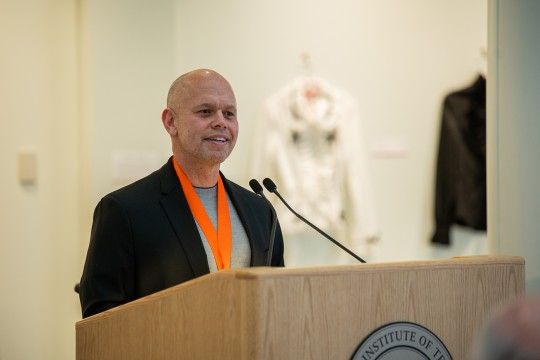
New School of Film and Animation director, faculty roles for 2025-26
Ricky Figueora taking over as the new director of RIT's School of Film and Animation headlines exciting promotions and additions to the College of Art and Design faculty.
-
August 27, 2025

Big Shot 37 set to touch down at Buffalo Bills Highmark Stadium
On Saturday, Oct. 11, the Big Shot will return for its 37th event to illuminate the Buffalo Bills Highmark Stadium. RIT and the Bills invite the community to shine a light on the interior of the stadium to document the iconic location before it closes, making way for a new stadium set to open in 2026.
Contact
- Laurie O Brien
- James E McGhee Fellow
- School of Photographic Arts and Sciences
- College of Art and Design
- lcofaa@rit.edu
School of Photographic Arts and Sciences
